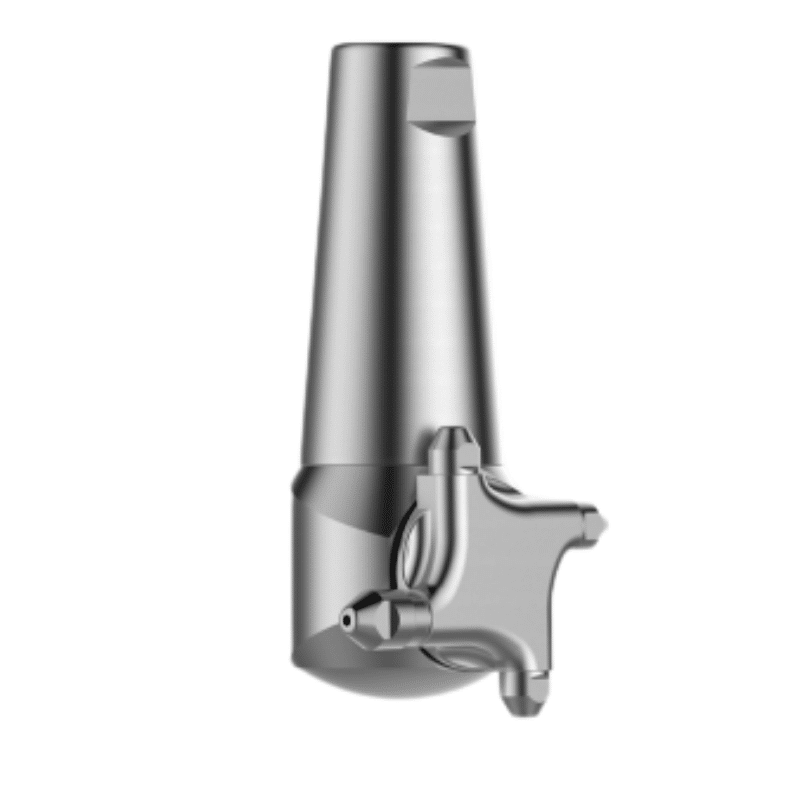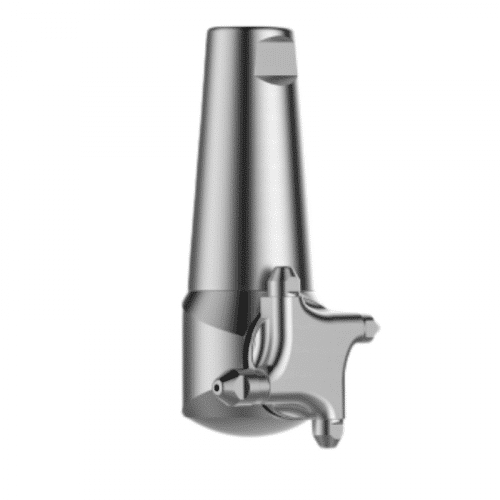Jetting Tank Cleaning Nozzle – A new orbital cleaner for tanks with small openings
Jetting Tank Cleaning Nozzle – Breconcherry’s latest orbital cleaner is extremely compact in size, enabling it to fit through tight openings and deliver a thorough clean.
Tecpro Australia is proud to offer the Breconcherry Twister – a revolutionary new small size orbital cleaner that can fit inside tanks with openings as small as 100mm (or 4 inches). “The Twister is an important addition to our range of jetting tank washers,” said Graeme Cooper, Managing Director of Tecpro Australia. “It creates a vigorous clean in tanks with openings that were previously too small for standard orbital cleaners.” Its hygienic design and self-cleaning functionality make it valuable for use in industries where sanitary conditions are essential, such as pharmaceuticals, food and beverages. “The Twister will clean a 16m diameter or 8m radius,” said Mr Cooper. “It rotates on two planes. This creates horizontal and vertical jets that gives the interior of the tank a 360 degree clean.”
Designed and manufactured in the UK, the Twister is highly durable with few maintenance requirements. “It contains no ball bearings and this prolongs its service life,” said Mr Cooper. “The water flow spins the turbine which drives the gears.” The Twister Jetting Tank Cleaning Nozzle operates at a working pressure of between 4 to 10 bar. It features a nozzle diameter of 3mm and 4mm, and has a maximum operating temperature of 96 degree Celsius. It is manufactured from Stainless Steel 316L (1.4404) with PTFE or C-PTFE, and the unit weighs approximately 2kg. “The Twister has an economic flow rate and a consistent spray pattern that makes it very efficient and reliable to use,” said Mr Cooper. “Its launch in the market has made it possible for orbital cleaning to be used in tanks that were previously inaccessible due to narrowness of entry.”
Explore more tank cleaning solutions today.






